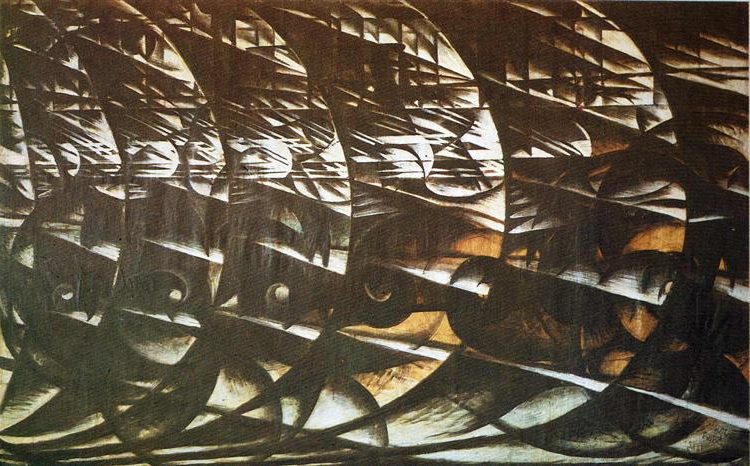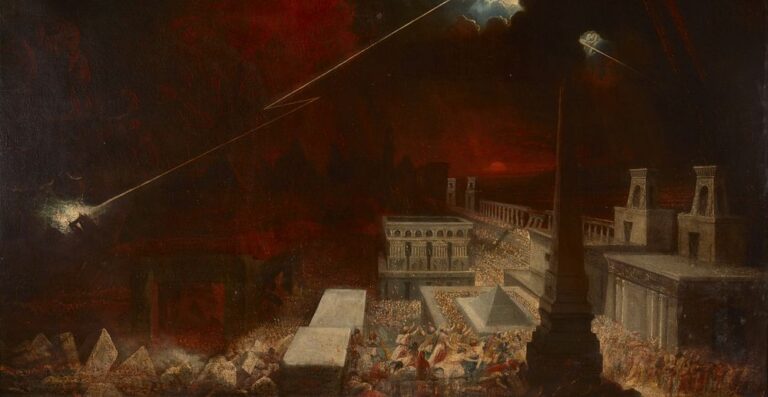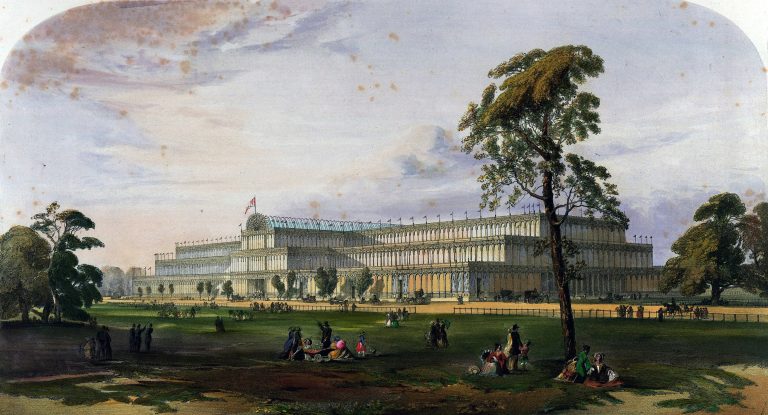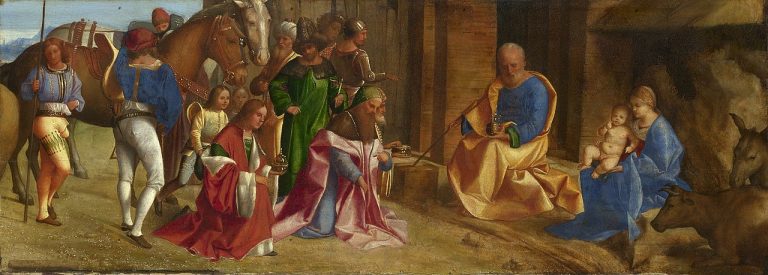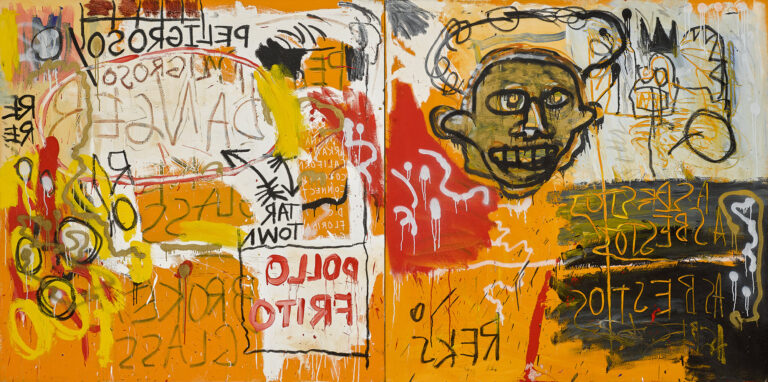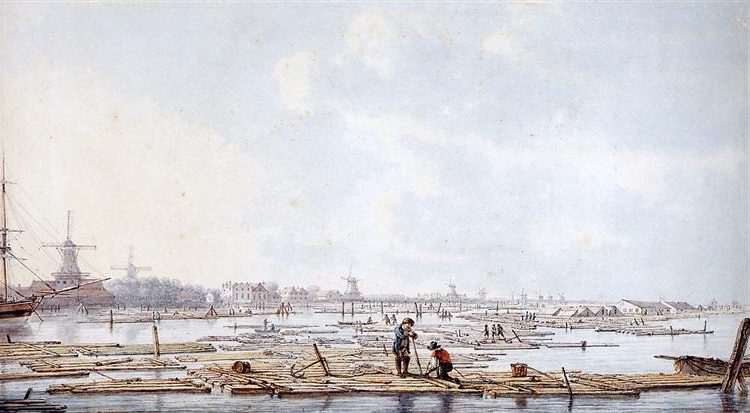Giacomo Balla: Painter at the Forefront of Italian Futurism
Born: 18 July 1871, Turin, Italy
Death: 1 March 1958, Rome, Italy
Art Movement: Futurism
Nationality: Italian
Influenced By: Filippo Tommaso Marinetti
Institution: University of Turin
Giacomo Balla: Painter at the Forefront of Italian Futurism
Life and Career of Giacomo Balla
Giacomo Balla was an influential Italian painter who played a key role in the Futurist movement. His artistic journey spanned several decades and saw him evolve from traditional styles to groundbreaking abstract works.
Early Years in Turin
Giacomo Balla was born on July 18, 1871, in Turin, Italy. He showed an early interest in art but had little formal training. Balla briefly attended the University of Turin. His artistic skills were largely self-taught.
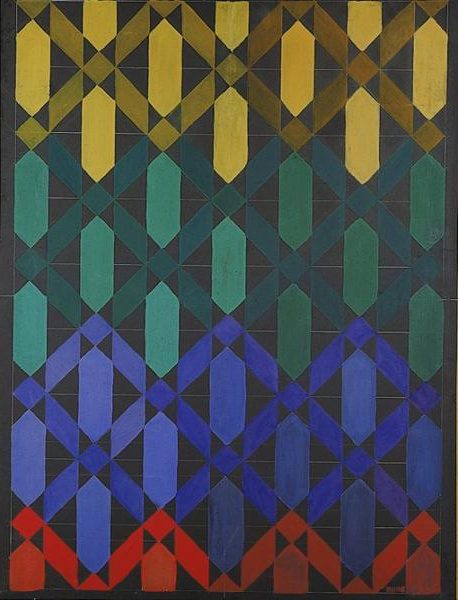

In his youth, Balla worked as a lithographer. This job helped him develop his technical skills. He also spent time studying the works of great masters in local museums.
Balla’s early paintings were influenced by Italian Divisionism. This style used separate brushstrokes of pure color to create optical effects.
Development as an Artist
Balla moved to Rome in his twenties. This move marked a turning point in his career. In Rome, he met other artists and was exposed to new ideas.
In 1900, Balla traveled to Paris. There, he discovered French Neo-Impressionism. This style greatly influenced his work. He began to focus more on light and color in his paintings.
Balla married Elisa Marcucci in 1904. They had two daughters, Luce and Elica. His family life often inspired his art. He even designed furniture for their home.
Balla’s Role in Futurism
Balla became a key figure in the Futurist movement. He signed the Futurist Manifesto in 1910. This marked the start of his most famous period.

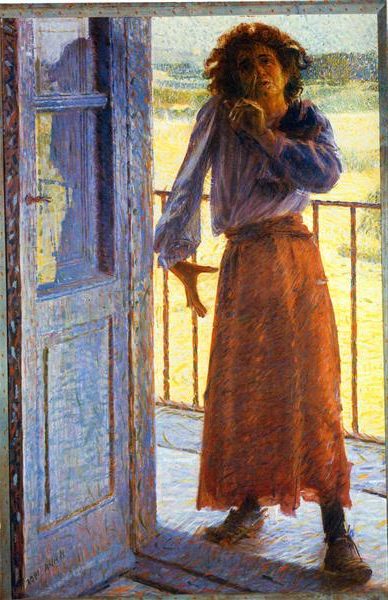
As a Futurist, Balla focused on depicting motion and speed. He created abstract paintings that captured the energy of modern life. Some of his most famous works show dogs on leashes or speeding cars.
Balla also worked as an art teacher. He taught at the Accademia di San Luca in Rome. His innovative ideas influenced many younger artists.
In addition to painting, Balla explored sculpture and poetry. He continued to create art until his death in Rome on March 1, 1958.
Artistic Contributions and Philosophy
Giacomo Balla made significant contributions to Futurism through his innovative techniques and artistic philosophy. He focused on capturing movement, light, and speed in his paintings and sculptures.
Balla’s Futurist Manifesto
Balla was a key figure in the Futurist movement. He signed the Futurist Manifesto in 1910, which rejected traditional art forms and celebrated modern technology and urban life. Balla’s work embodied Futurist ideals by depicting dynamic motion and the energy of the modern world.
His paintings often featured bold colors and abstract forms to represent movement and speed. Balla experimented with new ways to show motion on canvas, breaking away from static representations.
Exploration of Light and Movement
Light and movement were central themes in Balla’s art. He studied how to capture the effects of light and motion in his paintings. One famous example is “Dynamism of a Dog on a Leash,” which shows multiple images of a dog’s legs to create the illusion of movement.


Balla also painted “The Street Light,” which depicts the spread of electric light. He used abstract shapes and lines to show how light moves through space. This approach was groundbreaking for its time.
His work “Abstract Speed + Sound” combined visual elements to suggest both motion and noise. Balla pushed the boundaries of how art could represent sensory experiences.
Teaching and Influence
Balla taught other artists and had a lasting impact on Futurism. He mentored younger painters like Umberto Boccioni and Gino Severini, who became important Futurists themselves. Balla’s ideas about depicting movement influenced their work.
His teaching went beyond painting. Balla also worked in sculpture and design, applying Futurist concepts to different art forms. He created Futurist furniture and clothing designs.
Balla’s techniques for showing motion and light inspired other artists to experiment with new styles. His work helped bridge the gap between Divisionism and abstract art.
Legacy and Impact on Modern Art
Giacomo Balla’s innovative work left a lasting mark on 20th-century art. His contributions extended beyond painting, shaping the Futurist movement and influencing various artistic fields.
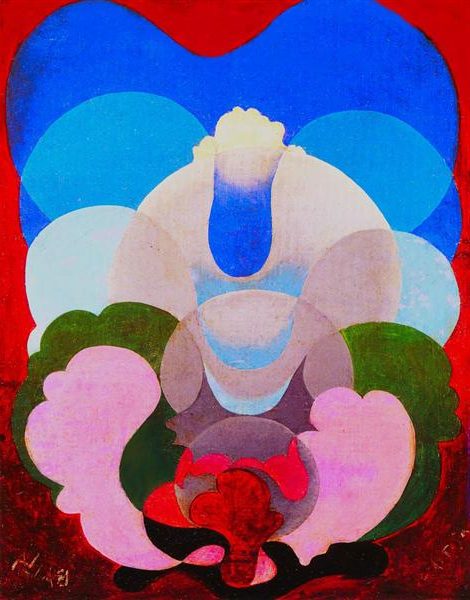
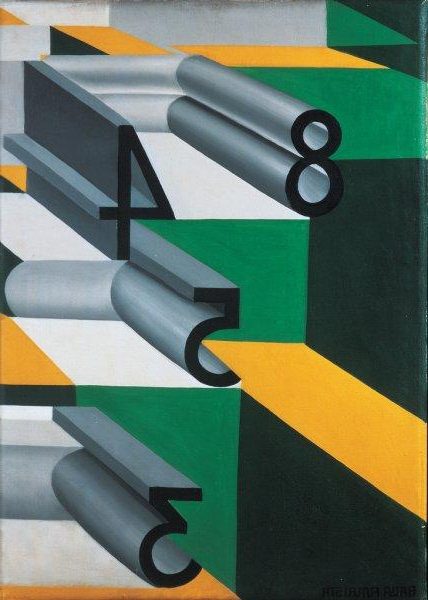
Exhibitions and Recognition
Balla’s art gained wide acclaim through major exhibitions. He showed work at the Venice Biennale, a top event in the art world. His pieces also appeared in shows in Munich and Berlin. The Salon d’Automne in Paris featured his paintings, bringing his style to an global audience.
Museums and galleries around the world now display Balla’s art. His works can be found in 35 museum collections. This wide spread shows how much experts value his paintings.
In 1955, Balla’s art was part of Documenta 1 in Kassel, Germany. This major show highlighted his role in modern art history.
Contributions Beyond Painting
Balla’s impact went past canvas and paint. He created sculptures that brought Futurist ideas into 3D form. These works played with motion and light in new ways.


His designs touched many areas:
- Furniture
- Clothing
- Stage sets
Balla even made Futurist-style toys. He wanted art to be part of daily life.
During World War I, Balla’s art took on political themes. He made posters and graphics supporting Italy’s role in the conflict.
Balla’s experiments with abstract forms paved the way for later artists. His focus on showing movement and speed inspired many who came after him.
Frequently Asked Questions
Giacomo Balla was a key figure in Futurism who used innovative techniques to explore movement, light, and speed in his artwork. His paintings and ideas shaped the Futurist movement and influenced modern art.
What are the key characteristics of Futurism in Giacomo Balla’s artwork?
Balla’s Futurist works focus on capturing motion and energy. He used bright colors and repetitive shapes to show movement. His paintings often feature abstract forms that seem to blur and vibrate.
Balla tried to show multiple moments in time within a single image. This gave his art a sense of speed and dynamism that was central to Futurism.
What techniques did Giacomo Balla employ in his paintings?
Balla used divisionism, a technique similar to pointillism. He applied small dots or strokes of pure color side by side. This created vibrant, shimmering effects in his work.
He also used lines and shapes that repeated and overlapped. This helped show motion and speed in his paintings. Balla often used geometric forms and bold outlines in his later Futurist works.
What is the significance of ‘Dynamism of a Dog on a Leash’ in Giacomo Balla’s body of work?
‘Dynamism of a Dog on a Leash’ is one of Balla’s most famous paintings. It shows his skill at capturing movement in a static image. The painting depicts a dachshund walking, with its legs and tail shown in multiple positions.
This work demonstrates Balla’s interest in everyday subjects and his ability to make them exciting through Futurist techniques. It has become an iconic example of Futurist art.
How did Giacomo Balla contribute to the Futurist movement?
Balla was one of the original signers of the Futurist Manifesto in 1910. He helped develop the movement’s style and ideas. His focus on motion and speed in art was a key part of Futurism.
Balla taught other Futurist artists like Gino Severini and Umberto Boccioni. He also created Futurist designs for clothing and furniture, expanding the movement beyond painting.
What themes are prevalent in Giacomo Balla’s landscapes?
Balla’s landscapes often show the effects of light and atmosphere. He painted many scenes of street lamps at night, exploring how artificial light changes our view of the world.
In some works, Balla depicted the Italian countryside. He used his Futurist style to show the energy and motion he saw in nature, like swaying trees or moving clouds.
How has Giacomo Balla influenced modern art?
Balla’s ideas about showing motion in art have inspired many later artists. His use of abstract forms and bright colors influenced the development of abstract art.
His work with light and color helped pave the way for Op Art in the 1960s. Balla’s experiments with non-traditional materials and his designs for everyday objects also inspired later artists to blur the lines between art and life.

